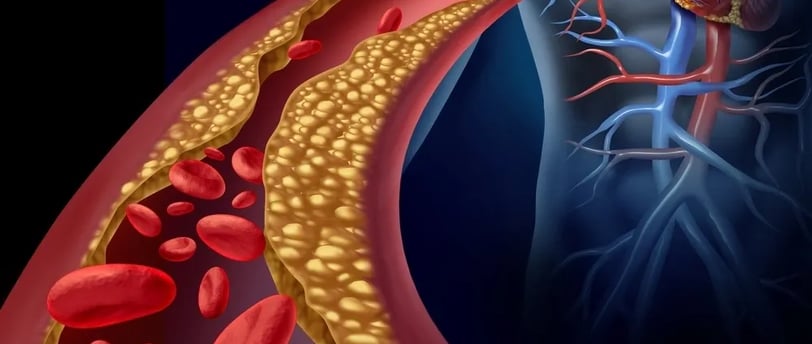Unveiling Coronary Artery Disease: Prevention and Management
Coronary artery disease (CAD) is a prevalent cardiovascular condition characterized by the narrowing or blockage of coronary arteries, which supply oxygen-rich blood to the heart muscle.
HEALTH
3/10/20252 min read


Coronary artery disease (CAD) is a prevalent cardiovascular condition characterized by the narrowing or blockage of coronary arteries, which supply oxygen-rich blood to the heart muscle. As one of the leading causes of death worldwide, CAD requires a comprehensive understanding, proactive prevention, and effective management strategies to mitigate its impact on health and well-being.
Coronary Artery Disease: CAD develops over time due to the buildup of plaque—a combination of cholesterol, fat, calcium, and other substances—inside coronary arteries. This plaque accumulation, known as atherosclerosis, restricts blood flow to the heart, leading to symptoms such as chest pain (angina), shortness of breath, and, in severe cases, heart attack (myocardial infarction).
Preventive Measures:
Adopt a Heart-Healthy Diet: Embrace a diet rich in fruits, vegetables, whole grains, lean proteins, and healthy fats while limiting saturated and trans fats, cholesterol, sodium, and added sugars. Incorporating fiber-rich foods, such as oats, legumes, and nuts, can help lower cholesterol levels and reduce the risk of plaque buildup in arteries.
Maintain a Healthy Weight: Excess body weight, particularly abdominal obesity, increases the risk of CAD. Aim for a healthy weight through a balanced diet, regular exercise, and lifestyle modifications to reduce strain on the heart and lower the risk of cardiovascular disease.
Engage in Regular Physical Activity: Regular exercise strengthens the heart muscle, improves circulation, lowers blood pressure, and helps control cholesterol levels. Aim for at least 150 minutes of moderate-intensity aerobic exercise or 75 minutes of vigorous-intensity exercise per week, supplemented with muscle-strengthening activities.
Quit Smoking: Smoking damages blood vessels, accelerates atherosclerosis, and increases the risk of CAD and heart attack. Quitting smoking is one of the most significant steps individuals can take to reduce their risk of cardiovascular disease and improve overall health.
Manage Chronic Conditions: Control underlying health conditions such as hypertension, diabetes, and high cholesterol through medication, lifestyle modifications, and regular medical monitoring. Proper management of these conditions can help prevent or slow the progression of CAD.
Management Strategies:
Medication: Healthcare providers may prescribe medications to manage CAD symptoms, lower cholesterol levels, control blood pressure, prevent blood clots, and reduce the risk of complications such as heart attack and stroke.
Lifestyle Modifications: Adopting healthy lifestyle habits, including a heart-healthy diet, regular exercise, stress management, and smoking cessation, plays a crucial role in managing CAD and improving cardiovascular health.
Cardiac Rehabilitation: Cardiac rehabilitation programs offer comprehensive support and guidance to individuals recovering from heart-related conditions, including CAD. These programs typically include exercise training, education, counseling, and lifestyle modification strategies to improve overall heart health and reduce the risk of future cardiovascular events.
Coronary artery disease is a complex and potentially life-threatening condition that requires proactive prevention and effective management strategies. By adopting a heart-healthy lifestyle, managing risk factors, adhering to medical treatment plans, and participating in cardiac rehabilitation programs, individuals can significantly reduce their risk of CAD-related complications and improve overall cardiovascular health. With dedication, education, and support, individuals can empower themselves to live longer, healthier lives free from the burdens of coronary artery disease.
